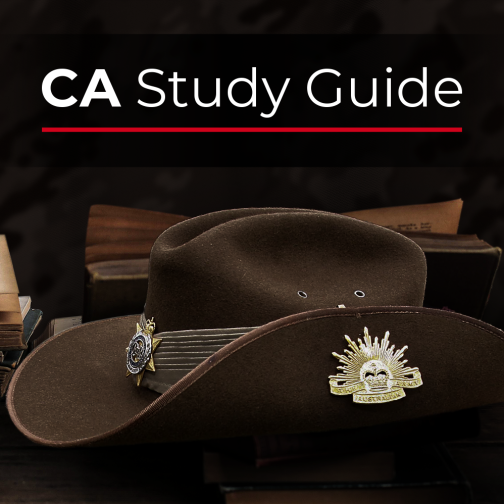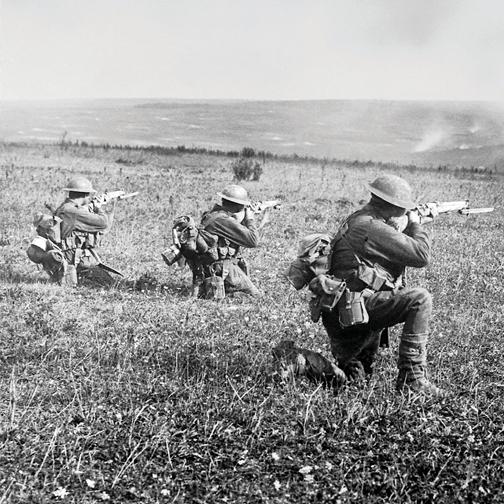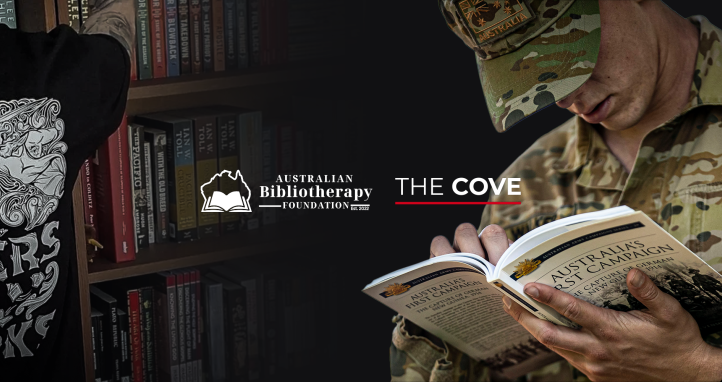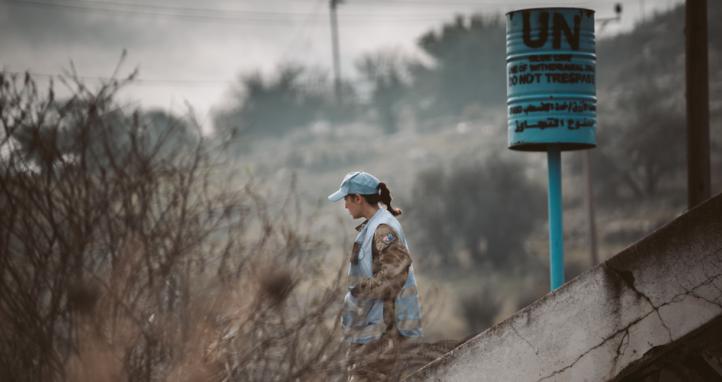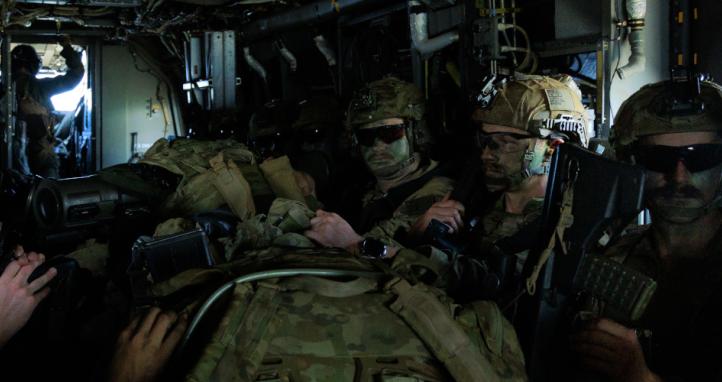Private Arthur Stanley Gurney VC (1908 - 1942, 33yo)
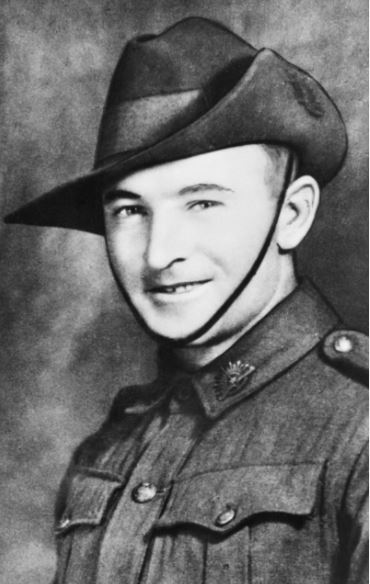 Arthur Stanley Gurney, born on 15 December 1908 in Day Dawn, Western Australia, spent his early life working a series of civilian jobs—as a real estate assistant, clerk, and meter-fixer—before enlisting in the Australian Imperial Force on 6 December 1940. He was posted to the 2nd/48th Battalion, joining the unit in the besieged port town of Tobruk in 1941, followed by further deployments to Palestine and Syria the following year.
Arthur Stanley Gurney, born on 15 December 1908 in Day Dawn, Western Australia, spent his early life working a series of civilian jobs—as a real estate assistant, clerk, and meter-fixer—before enlisting in the Australian Imperial Force on 6 December 1940. He was posted to the 2nd/48th Battalion, joining the unit in the besieged port town of Tobruk in 1941, followed by further deployments to Palestine and Syria the following year.
Gurney’s defining moment came during the First Battle of El Alamein. On 22 July 1942, his battalion was ordered to assault Tel el Eisa Ridge. At first light, they moved into the attack, immediately coming under withering fire that inflicted mounting casualties. During the push forward, 17 Platoon used a captured position to lay down suppressing fire, and Gurney—initially burdened with an unwieldy anti-tank rifle—was urged by his commander, Lieutenant Jim Wearing-Smith, to abandon it in favour of a standard rifle and bayonet.
Amid the chaos, with leadership falling and the advance faltering, Gurney surged forward alone. Crossing open ground under intense enemy fire, he charged a German machine-gun post, killing three defenders with his bayonet and taking control of the position. Without pausing, he advanced on a second post, dispatching two more enemy soldiers and capturing another. A grenade explosion then threw him to the ground. Staggering back to his feet, he launched a final assault on a third position, witnessed by comrades bayoneting enemy troops with relentless force before disappearing from view. He was killed in the action.
Arthur Gurney’s body was later recovered and buried at El Alamein War Cemetery. For his remarkable courage and decisive solo attacks that inspired his unit during a critical battle, he was posthumously awarded the Victoria Cross. His final charge, carried out with grim determination and deadly resolve, remains one of the most dramatic individual actions of the North African campaign.
Lieutenant Arthur Charles Hall VC (1896 - 1978, 81yo)
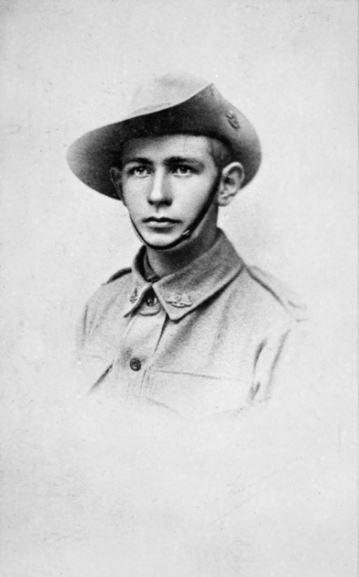
Arthur Charles Hall, born on 11 August 1896 in Granville, New South Wales, spent his early years working as a grazier on his family’s property near Nyngan. In April 1916, with the war in Europe escalating, he enlisted in the Australian Imperial Force and was assigned to the 6th Reinforcements of the 54th Battalion.
After training in Britain, Hall joined his unit in France in early 1917, arriving at Montauban just as winter was loosening its grip. Soon after, he sustained a serious leg injury, but returned to action within weeks. That year, he fought at Bullecourt in May and Polygon Wood in September—both bloody, hard-fought battles that shaped the course of the Western Front. His steady presence and courage under fire earned him promotions to Lance Corporal and then Corporal.
In 1918, Hall was again in the thick of it—engaging at Villers-Bretonneux in April, Morlancourt in July, and participating in the sweeping Allied offensive that began in August. But it was during the assault on Péronne on 1 September that Hall would distinguish himself in a way few others did.
With the battalion’s advance stalled by a well-defended machine-gun post, Hall surged forward alone. He shot four enemy soldiers, captured nine more, and seized two machine guns. Not stopping there, he pushed beyond the objective with a handful of men, providing vital covering fire that allowed his company to consolidate its gains. On the following day, amid the mop-up operations in Péronne, Hall braved shellfire to carry a wounded comrade to safety.
For these actions, he was awarded the Victoria Cross. His citation highlighted not only his bravery but also his initiative and leadership across both days of the engagement.
After the war, Hall returned to life on the land in the Nyngan district. When the Second World War erupted, he again answered the call—this time serving as a Lieutenant with the 7th Garrison Battalion. He passed away on 25 February 1978 at Nyngan District Hospital, survived by his wife and four children. Hall left his Victoria Cross to the Australian War Memorial—a lasting tribute to a man whose quiet rural beginnings belied his extraordinary deeds on the battlefield.
Last Reviewed 06/2025

